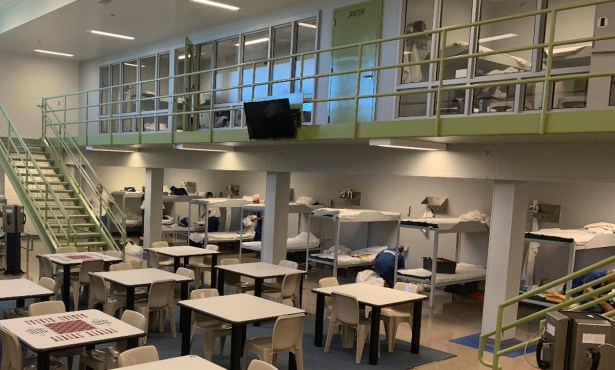Prop. 47 — One Year In
Does the State Law Provide Enough Prison Deterrent?
Just short of a year of implementation, state and county officials alike say the long-term impacts of Proposition 47, which reduced low-level nonviolent crimes from felonies to misdemeanors, remain to be seen, but speculation abounds. Where Prop. 47 supporters — 66 percent of Santa Barbara County voters approved it — argued fewer inmates who committed nonserious crimes would wind up in jail, law-enforcement officials worried offenders would commit more crimes without prison sentences as a deterrent.
According to the District Attorney’s Office, an unintended consequence of Prop. 47 is that there has been a 45 percent increase in the number of failure-to-appear warrants issued for offenders with citations. It was hard to say if the 45 percent jump was because of Prop. 47, said Chief Deputy District Attorney Mag Nicola. “It’s complicated,” Nicola said. Their “very old data system” does not distinguish between so-called new misdemeanors and old ones. Supervisor Janet Wolf requested the cases to be teased out when the matter returns to the board.
Of the 918 inmates currently in jail, 80 percent are felonies, and 20 percent are misdemeanors, according to the Sheriff’s Office. With that, Supervisor Steve Lavagnino expressed concern that defendants who were out of jail per Prop. 47 were not showing up for court. “I think it’s important that we know that number,” he said. “I am very interested to see what we see in November.” The California State Association of Counties is putting together a panel on Prop. 47 impacts to be held later in the year.
The DA’s Office further reported that countywide enrollment in drug-treatment programs declined by about 15 percent since last November and said it anticipated continued reduction in drug-treatment court enrollments. Law enforcement previously argued the law would stop drug-abusing defendants from signing up for required 18-month treatment courses. Historically, misdemeanors are resolved at a higher rate in the arraignment stage, but that has declined slightly since last November. It’s hard to say if defendants in Prop. 47 cases — often drug or theft offenders — commit new crimes while their cases are pending because of the lack of custodial time, according to the DA’s Office. Treatment court enrollment was experiencing an increase until September 2014, Nicola said, but decreased just prior to last November when new enrollment paused as defendents waited to see if Prop. 47 would pass.



